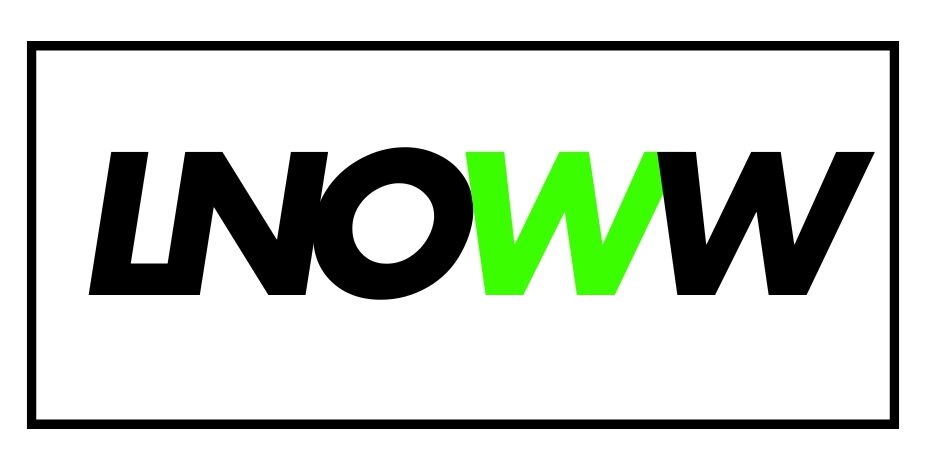Personal loans are a popular financial product that can be used for a variety of purposes, from consolidating debt to financing a major purchase or unexpected expense. One of the key features of personal loans is the way they are structured, which can be either installment or revolving.
Installment Personal Loans
Installment personal loans are a type of loan where the borrower receives a lump sum of money upfront and then repays the loan over a fixed period of time, typically between one and seven years. The repayment schedule is set in advance, with the borrower making regular, equal payments each month until the loan is paid off.
Key Characteristics of Installment Personal Loans
- Lump sum payment upfront
- Fixed repayment period (e.g., 3 years)
- Fixed monthly payments
- Interest rate is typically fixed
- Loan balance decreases with each payment
Installment personal loans can be a good choice for borrowers who need a specific amount of money for a specific purpose, such as a large purchase or debt consolidation. The fixed repayment schedule can help borrowers budget and plan their finances more effectively.
Revolving Personal Loans
In contrast, revolving personal loans operate more like a credit card. Borrowers are approved for a certain credit limit, and they can draw on that credit as needed. Repayments are flexible, and the borrower can pay off the balance in full or make minimum monthly payments.
Key Characteristics of Revolving Personal Loans
- Approved for a credit limit (e.g., $10,000)
- Can draw on the credit as needed
- Flexible repayment schedule
- Interest is charged on the outstanding balance
- Loan balance can fluctuate up and down
Revolving personal loans can be a good choice for borrowers who need access to flexible financing for ongoing expenses or unexpected costs. The ability to draw on the credit as needed can be useful, but it also requires more discipline to avoid accumulating debt.

Comparing Installment and Revolving Personal Loans
When choosing between an installment or revolving personal loan, there are several factors to consider:
Predictability and Budgeting
Installment personal loans offer a more predictable repayment schedule, which can make it easier to budget and plan for the monthly payments. Revolving loans, on the other hand, have a more flexible repayment structure, which can be beneficial for borrowers with variable incomes or unpredictable expenses.
Interest Rates
Installment personal loans typically have fixed interest rates, which means the interest rate will not change over the life of the loan. Revolving personal loans, on the other hand, often have variable interest rates that can fluctuate based on market conditions.
Total Cost
The total cost of an installment personal loan can be easier to calculate, as the borrower knows the exact amount of interest they will pay over the life of the loan. Revolving personal loans can be more difficult to predict, as the interest charges will depend on the outstanding balance and the variable interest rate.
Credit Impact
Both installment and revolving personal loans will appear on the borrower’s credit report and can impact their credit score. However, installment loans may have a slightly less negative impact on credit scores, as they are seen as a more traditional and responsible form of borrowing.
Flexibility
Revolving personal loans offer more flexibility, as borrowers can draw on the credit as needed and make variable payments. Installment personal loans, on the other hand, require the borrower to take the full loan amount upfront and make fixed monthly payments.
Choosing the Right Personal Loan
When deciding between an installment or revolving personal loan, it’s important to consider the specific needs and financial situation of the borrower. Factors such as the purpose of the loan, the borrower’s income and cash flow, and their overall financial goals should all be taken into account.
Conclusion
Personal loans can be a useful financial tool, but it’s important to understand the differences between installment and revolving loans. Installment loans offer a more predictable repayment schedule and can be a good choice for specific purchases or debt consolidation, while revolving loans provide more flexibility and can be useful for ongoing or unexpected expenses. By carefully considering the pros and cons of each type of loan, borrowers can make an informed decision and choose the option that best fits their financial needs.

